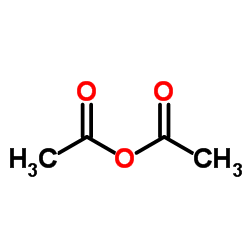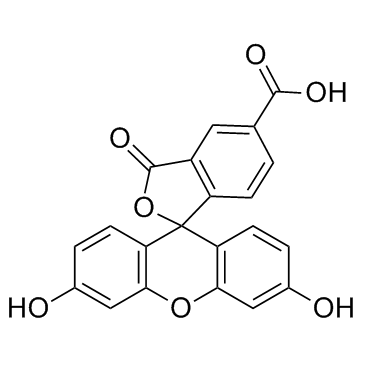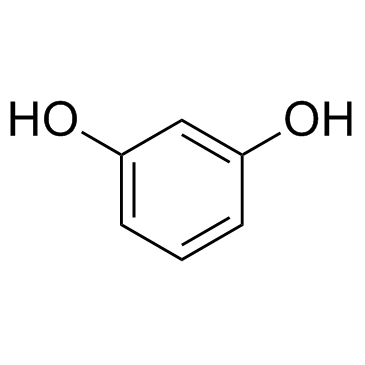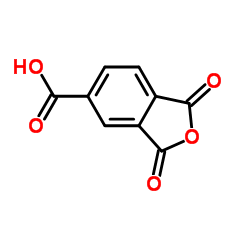79955-27-4
| Name | 5-Carboxyfluorescein Diacetate |
|---|---|
| Synonyms |
3',6'-Diacetoxy-3-oxo-3H-spiro[2-benzofuran-1,9'-xanthene]-5-carboxylic acid
5(6)-carboxyfluorescein diacetate MFCD00036872 Spiro[isobenzofuran-1(3H),9'-[9H]xanthene]-5-carboxylic acid, 3',6'-bis(acetyloxy)-3-oxo- 5-CFDA |
| Description | 5-CFDA(5-Carboxyfluorescein diacetate) is membrane-permeant and can be loaded into cells via incubation; hydrolyzed by intracellular esterases to 5-carboxyfluorescein; used for labeling human intervertebral disk cells in vitro for fluorescence microscopy. |
|---|---|
| Related Catalog |
| Density | 1.6±0.1 g/cm3 |
|---|---|
| Boiling Point | 693.1±55.0 °C at 760 mmHg |
| Molecular Formula | C25H16O9 |
| Molecular Weight | 460.389 |
| Flash Point | 241.9±25.0 °C |
| Exact Mass | 460.079437 |
| PSA | 125.43000 |
| LogP | 2.40 |
| Vapour Pressure | 0.0±2.3 mmHg at 25°C |
| Index of Refraction | 1.702 |
| Personal Protective Equipment | Eyeshields;Faceshields;full-face particle respirator type N100 (US);Gloves;respirator cartridge type N100 (US);type P1 (EN143) respirator filter;type P3 (EN 143) respirator cartridges |
|---|---|
| Hazard Codes | T: Toxic; |
| Risk Phrases | R45;R46;R23/24/25;R36/37/38 |
| Safety Phrases | 53-22-26-36/37/39-45 |
| RIDADR | NONH for all modes of transport |
| WGK Germany | 3 |
|
~% 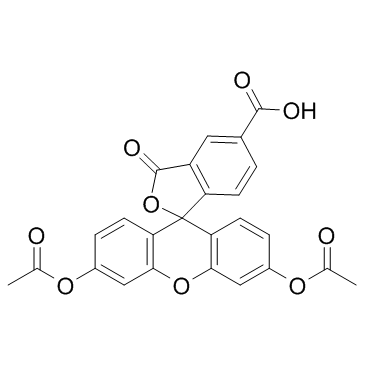
79955-27-4 |
| Literature: Chemische Berichte, , vol. 11, p. 1342 |
|
~% 
79955-27-4 |
| Literature: Chemical communications (Cambridge, England), , # 23 p. 2870 - 2871 |
|
~% 
79955-27-4 |
| Literature: Chemical communications (Cambridge, England), , # 23 p. 2870 - 2871 |
| Precursor 4 | |
|---|---|
| DownStream 1 | |


